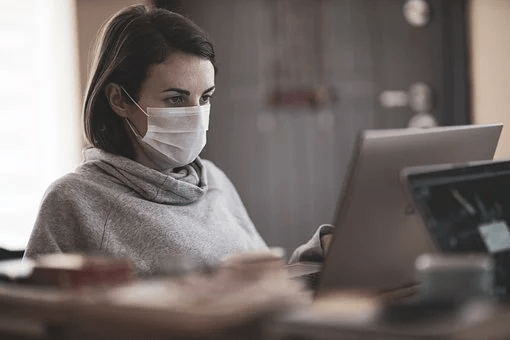How Walk-In Clinics Are Adapting To Changes In The Health Sector
In the wake of the Covid-19 pandemic, walk-in clinics are finding it difficult to treat or prioritize walk-in patients who come in with other health concerns. Behavioural and mental health statistics report decreased mental health during the Covid-19 pandemic, in response to the growing cases of the epidemic, which has caused rising cases in mortality all over the world.
As a result of this, the Canadian health system is at dire risk as patients with other conditions and illnesses find it harder to access medical care contributing to the rise of conditions into worse states. Walk-in clinics, in particular, are being converted to hospital sites to assist with the overcapacity at significant hospitals. Many medical facilities also require prior communication before walk-in’s as impromptu visits contribute to the rising number of infections. Other states have made it almost illegal for hospitals to treat other conditions, even though other patients still need optimum care.
Walk-in clinics are somewhat accessible to the public as they offer the convenience of medical services since they require no prior appointment booking, or having to wait for the doctor’s availability. The clinics also have faster service and prompt emergency response systems as opposed to waiting time at a major hospital’s ER. The inexpensive costs are also a bonus as patients pay way less at these clinics. The availability of walk-in clinics in almost every state is also timely, especially for underprivileged individuals or people living with disabilities who prefer less hassle when accessing medical care.
Therefore, the erosion of these clinics has caused a significant drop in health care accessed to Canadians who are battling other minor or major health conditions.
Possible solutions
To curb the growing cases in behavioural and mental health cases, as well as overall medical care, walk-in clinics should embrace the following strategies to ensure sufficient medical attention for all:
- Clinical staff
As much as Covid-19 patients are the utmost priority at the moment, other patients experiencing unrelated illnesses should also be considered and given due assistance. States can come up with parameters for walk-in clinics, for instance, a 1:5 ratio policy, which includes one clinical staff and five trainees left at the clinics to handle minor medical issues, with the rest of the hospital staff left to handle the significant respiratory issues from Covid-19.
- Virtual walk-in clinics
Health practitioners and physicians are embracing virtual consultations through the use of telemedicine, which facilitates online interactions through web tools, video conferencing, and mobile phones. Many clinics are referring their patients to a tele-med appointment where they assess whether the patient requires coming in for observation. Having quick responsive call centers will also encourage people to call more often. As much as these are ingenious ways to prevent transmission risk in the hospitals and clinics, some illnesses require observation and treatment procedures, which can be accessed in a setting sufficiently equipped with resources.
The open walk-in clinics have also recorded low numbers in the number of people scheduling checkups and consultation during this period. The high-risk factor in hospitals and clinics has deterred most people from coming in to access urgent medical care. As a result, most people deteriorate in the condition in their homes. Therefore, keeping open lines of communication between patient and physician enables the clinic to make adequate arrangements for social distancing before walk-in’s, and helps facilitate careful traffic in clinics. Communication also helps prevent congestion and prepare the medical staff to schedule time for the incoming patient.
- Health care on wheels
Embracing mobile healthcare is a precedent for future health solutions. With more and more health centers expanding in this direction, medical clinics on wheels have proven to reach the less fortunate and underprivileged societies. For instance, TELUS and Doctors of the World Canada are using this method to bridge the gap between physicians and the communities by bringing medical care straight to them. These clinics come fully equipped will health practitioners and essential machines.
Clinics on wheels will also prevent contact transmission, which is prevalent in hospitals and clinics, as the allocation to control people’s traffic into the medical bus is better. This strategy, if embraced widely, will ease the congestion and impromptu visits to the walk-in clinics, as most patients will have access to professional medical care in their regions. These clinics will also encourage patients to come in for checkups and treatment without the high-risk factor for possible transmission.
As walk-in clinics are essential during these times, here are some tips to follow before thinking of accessing one:
- Always call to schedule an appointment before accessing a walk-in clinic.
- Do not go to walk-in clinics if you experience the signs and symptoms of Covid-19.
- The future is tech: Embrace virtual clinics.
- Do not refrain from contacting your doctor for other health issues.





